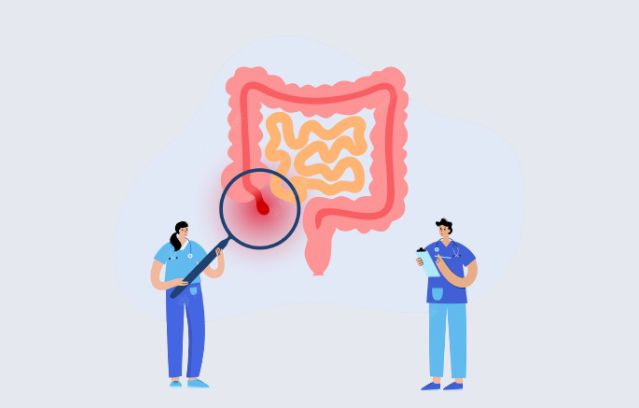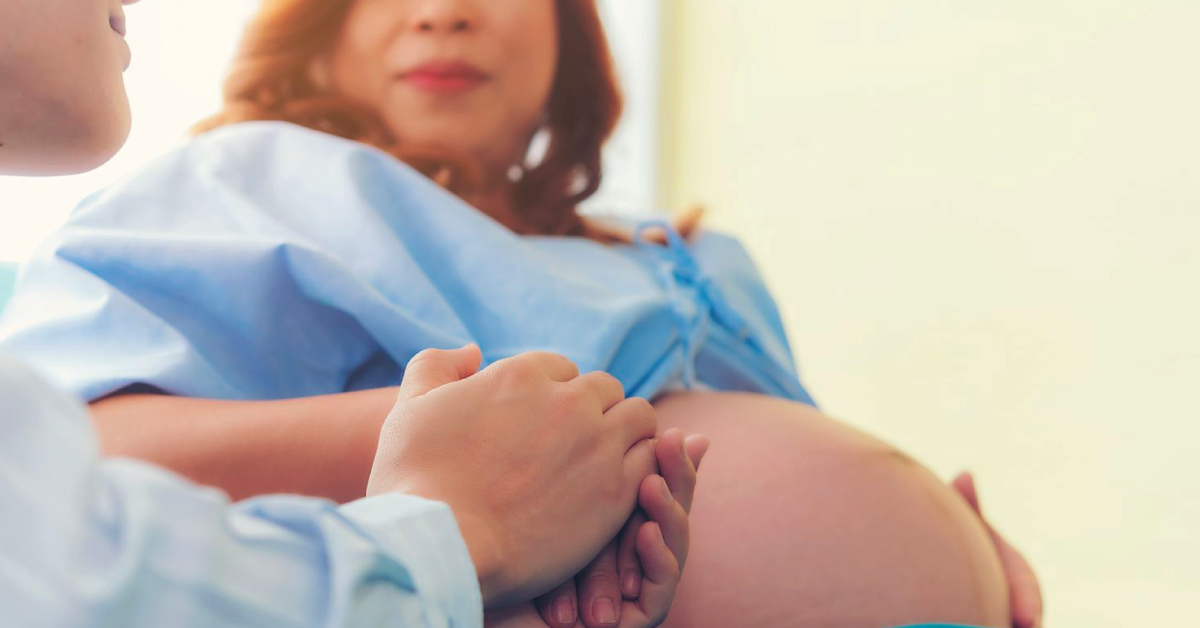
An inflammation in the appendix is appendicitis. Appendix is a small tube-like structure about three and half inches long. It is situated in the lower right side of the abdomen extending from the large intestines. Tissue of appendix can make antibodies. If an inflammation occurs it will be an emergency to do a surgery and remove the appendix. Fortunately one can live normally without an appendix too. If appendicitis is unattended it can burst out into the abdomen. This can become fatal. If appendicitis is diagnosed consult a general surgeon or a laparoscopic surgeon to treat it properly.
Types of Appendicitis
There are two types of appendicitis. They are as given below.
- Acute appendicitis
This is a sudden case of appendicitis. In this condition the unbearable pain develops within 24 hours. This needs immediate treatment. If not the appendix might burst out. It is mostly seen in the age group of 10-30 and in males.
- Chronic appendicitis
Chronic appendicitis is not as common as acute appendicitis. Also in this condition the symptoms are not particularly identified. Symptoms might come and go. It is very difficult to diagnose chronic appendicitis.
If any of the above conditions are found consult a general surgeon or arthroscopic surgeon. If not possible, take an online consultation.
Causes of Appendicitis
The main cause for appendicitis is, if blockage occurs at the lining of the appendix results in infection. This infection gives rise to appendicitis mostly. Once infection starts, it grows fast and the appendix gets swollen. Infection can be due to bacteria or virus or parasites present in the digestive tract. Also if the abdomen is injured appendicitis might occur. In some cases digestive tract infections and inflammatory bowel diseases can also cause appendicitis. In some rare cases tumors form in the appendix which lead to appendicitis. Also if foreign material piles up appendicitis can occur. Generally people who are below the age of 30 are more likely to get appendicitis. Anyways it might attack at any age group.
Symptoms of appendicitis
Appendix position might slightly vary from each person. The extent to which the appendix is swollen is also different. Age and condition of the patient also accounts a lot. All these parameters make the clinical presentation of appendicitis very inconsistent.
Appendicitis is a painful condition. The pain starts at the lower right part of the abdomen or at the belly button.
- Severe pain at the abdominal region that gets worse by every minute.
- Increasing pain with even slightest movements like changing sitting position, cough or sneeze.
- Swelling of the belly
- Stomach upset
- Low grade fever and chills
- Loose stool (diarrhea)
- Loss of appetite
- In some cases nausea and vomiting is also seen.
If any of these symptoms are observed then consult a general surgeon or laparoscopic surgeon without any delay.
Diagnosis tests for Appendicitis
A general surgeon might initially ask for all the symptoms and advise tests as per needed.
- Physical examination
The doctor will apply little pressure at the appendix region and release gently. Then the pain will increase. Also the general surgeon might ask to inhale and exhale to observe the abdominal muscles and the extent of pain the patient undergoes.
- Blood test
This test is done to check the presence of infection. The white blood cells count is observed.
- Imaging tests
To confirm the inflammation, the general surgeon might suggest imaging tests. X-ray of abdomen, CT scan, an ultrasound scan and in some cases MRI is also recommended.
- Urine test
Sometimes abdominal pain will also be due to stones in kidney or urinary tract infection. So to confirm whether it is appendicitis or anything else urinalysis is done.
The tests that are needed are suggested by the general surgeon or laparoscopic surgeon. Always appendicitis is to be attended to without delay.
Treatment for appendicitis
In a few cases appendicitis can be treated with antibiotics. But most of the time a surgery is needed. There are two ways for surgery too. Removal of the appendix is called appendectomy.
Laparoscopic surgery
It is also called keyhole surgery. Here a small incision is made and loss of blood is minimum. Scarring also will not be present. The general surgeon or laparoscopic surgeon will insert a small tube (laparoscope). It contains a small camera along with light. The images of the appendicitis and the complete abdomen can be clearly viewed by the general surgeon on monitor. Small incisions are made on the abdomen and instruments are inserted. Gas is induced into the abdomen to get a clear view. Instruments will be operated by the laparoscopic surgeon. Once the appendix is removed dissolvable stitches are done to close the incisions made.
Open surgery
In some cases open surgery is preferred with a little larger incision. If at all the appendix got ruptured, the infection spreads then an open surgery is needed. If the abscess is caused by appendix also open surgery is done. If at all the patient is in the second or third trimester of pregnancy then an open surgery is needed. In this process a cut is made at the lower right part of the abdomen and the appendix is removed. If at all the infection is spread widely, the cut might be made at the middle part of the abdomen. This is known as laparotomy.
In any surgery the stitches will be removed after 4-5 days. If they are dissolvable stitches they drop on their own. During any type of surgery of the above, local anesthesia or general anesthesia is given as per patient condition.
Recovery and Medical help
In keyhole surgery the recovery time is less. Patients can be recovered in 5-6 days. If it is an open surgery which was done due to complications then it needs 7-10 days to recover. During the first 2-3 days of recovery the pain might be more. The general surgeon might suggest pain killers and other medications to heal. Also the patient might experience constipation. Take the prescribed medication regularly. Do not skip. It is not advisable to pressurize for stool. As there is a risk of breakage of stitches. Only go to the washroom when the urgency is felt. Take a fiber rich diet or as prescribed by the doctor to avoid other complications. The general surgeon will suggest a certain period of time to rest. Generally 3 weeks rest is advised with small daily activities like brushing and bathing. But traveling and strenuous activities are to be avoided. In the recovery period too it is important to watch body condition. Consult the general surgeon if there is unbearable pain in the operated area. If at all continuous vomiting is present. If any discharge like blood or pus is present. High fever is there. If it is not possible to visit, take an online consultation.
Complications of Appendicitis
If appendicitis is left unattended it can burst. That can be life threatening. The common complications of appendicitis are as given.
Peritonitis
Peritoneum is the lining of the abdomen. If appendicitis bursts, the peritoneum gets filled with bacteria. This condition is called peritonitis. It can cause many severe complications. Continuous and severe abdominal pain, abdominal swelling, high fever, feeling sick and rapid heart beat are the symptoms of peritonitis. This is to be treated without any delay. The treatment involves removing appendix and some medication.
Abscess
If the appendix bursts out abscess might form. When the body is fighting with infection pus accumulates. Abscess is the result of pus. This needs immediate medical help. The push must be taken out and later antibiotics are advised by the general surgeon.
As of now there is no prevention of appendicitis. So as soon as any symptoms are found consult a general surgeon or take an online consultation.


